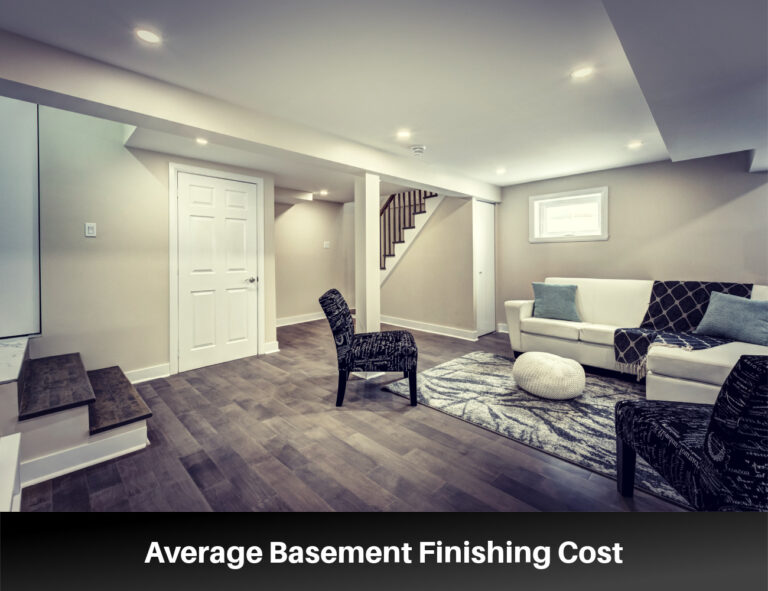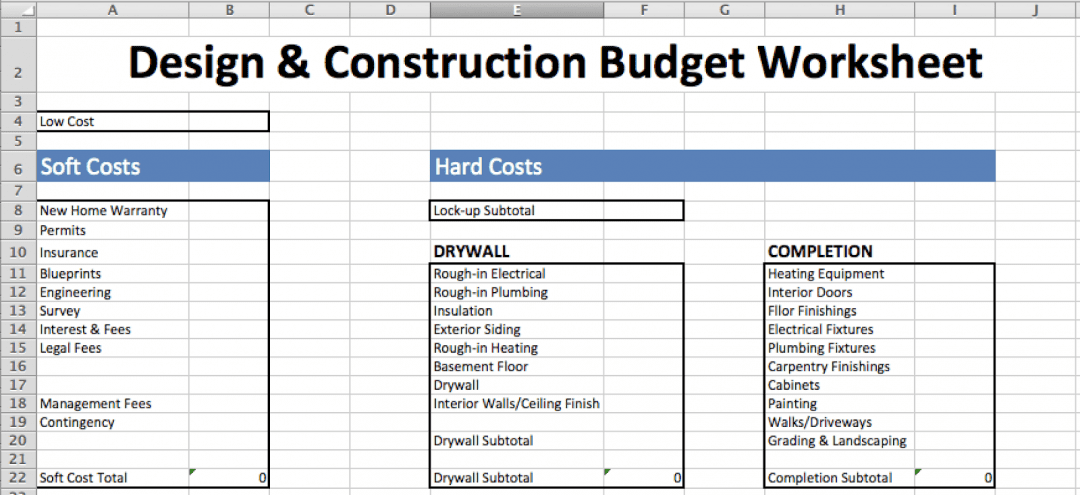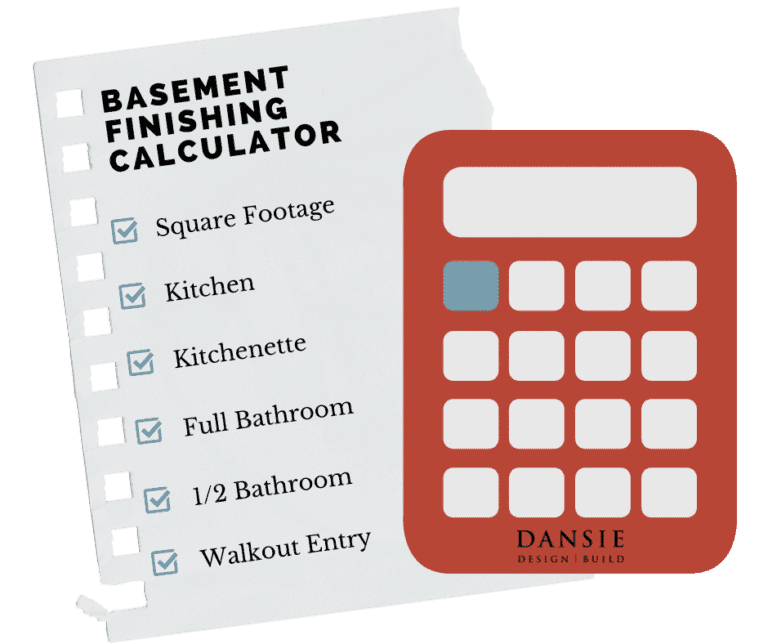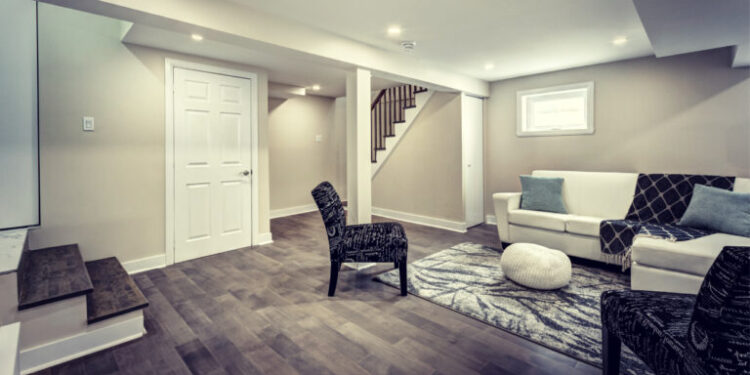As the spotlight shines on Basement finishing cost estimator, this introduction beckons readers with a blend of knowledge and expertise, promising an informative journey filled with insights and originality.
 The second paragraph will delve into the intricacies of the topic, providing a clear and descriptive overview.
The second paragraph will delve into the intricacies of the topic, providing a clear and descriptive overview.
 When estimating the cost of finishing a basement, several factors come into play that can significantly impact the overall expenses. Factors such as size, materials, labor, permits, design choices, and property location all play a crucial role in determining the final cost.
When estimating the cost of finishing a basement, several factors come into play that can significantly impact the overall expenses. Factors such as size, materials, labor, permits, design choices, and property location all play a crucial role in determining the final cost.
 When it comes to finishing your basement, you have the option to either hire professionals or take on the project yourself. Each approach comes with its own set of costs and benefits that you should consider before making a decision.
When it comes to finishing your basement, you have the option to either hire professionals or take on the project yourself. Each approach comes with its own set of costs and benefits that you should consider before making a decision.
 When it comes to finishing your basement on a budget, there are several strategies you can employ to reduce costs without sacrificing the quality of the final result. By making smart decisions and planning ahead, you can create a beautiful finished basement without breaking the bank.
When it comes to finishing your basement on a budget, there are several strategies you can employ to reduce costs without sacrificing the quality of the final result. By making smart decisions and planning ahead, you can create a beautiful finished basement without breaking the bank.
 The second paragraph will delve into the intricacies of the topic, providing a clear and descriptive overview.
The second paragraph will delve into the intricacies of the topic, providing a clear and descriptive overview.
Factors Affecting Cost Estimation
 When estimating the cost of finishing a basement, several factors come into play that can significantly impact the overall expenses. Factors such as size, materials, labor, permits, design choices, and property location all play a crucial role in determining the final cost.
When estimating the cost of finishing a basement, several factors come into play that can significantly impact the overall expenses. Factors such as size, materials, labor, permits, design choices, and property location all play a crucial role in determining the final cost.
Size
The size of the basement is one of the most significant factors influencing the cost of finishing. A larger basement will require more materials, labor, and time to complete, leading to higher overall costs. Additionally, the layout and configuration of the space can also affect the complexity of the project and, subsequently, the cost.Materials
The choice of materials used in finishing the basement can greatly impact the cost estimate. High-end materials such as hardwood flooring, custom cabinetry, and premium fixtures will increase the overall cost compared to more budget-friendly options. Additionally, the quality of materials used can also affect the durability and longevity of the finished basement.Labor and Permits
Labor costs can vary depending on the complexity of the project, the skills required, and the labor rates in the local area. Obtaining permits for the basement finishing project is essential and adds to the overall cost. Permit fees, inspections, and ensuring compliance with building codes all contribute to the final expenses.Design Choices
Design choices such as flooring type, lighting fixtures, ceiling type, and other aesthetic elements can significantly impact the cost estimate. For example, opting for recessed lighting or a suspended ceiling will cost more than basic lighting fixtures and a drywall ceiling. Custom finishes and unique design elements will also increase the overall cost of finishing the basement.Property Location
The location of the property can also affect the cost of finishing a basement. Labor rates, material costs, and permit fees can vary depending on the region, city, or neighborhood where the property is located. Higher cost of living areas typically have higher labor rates and material costs, which can drive up the overall expenses of finishing a basement.Cost Breakdown
When estimating the cost of finishing a basement, it is essential to break down the expenses into different categories to get a clearer picture of the overall budget. This breakdown typically includes materials, labor, permits, inspections, and unexpected costs that may arise during the project.Materials Costs
- Drywall: The average cost of drywall installation in a basement ranges from $1.50 to $3.00 per square foot, depending on the quality and thickness of the drywall.
- Flooring: Common flooring options for basements include laminate, carpet, vinyl, or tile, with costs ranging from $2 to $10 per square foot.
- Paint: Painting a basement typically costs between $1,500 and $3,000, depending on the size of the space and the quality of the paint used.
Labor Costs
- Labor costs for finishing a basement vary based on the complexity of the project, the scope of work involved, and the location. On average, homeowners can expect to pay between $25 and $50 per square foot for labor.
- Additional factors that can impact labor costs include the need for framing, electrical work, plumbing, and HVAC installation, all of which require skilled professionals.
Additional Costs
- Permits and Inspections: Depending on local regulations, permits for basement finishing can cost anywhere from $500 to $2,000. Inspections throughout the project may also incur additional fees.
- Unexpected Expenses: It's important to set aside a contingency fund of about 10-20% of the total project cost to account for unexpected expenses such as water damage, mold remediation, or structural issues that may arise during the renovation.
DIY vs. Professional Finishing
 When it comes to finishing your basement, you have the option to either hire professionals or take on the project yourself. Each approach comes with its own set of costs and benefits that you should consider before making a decision.
When it comes to finishing your basement, you have the option to either hire professionals or take on the project yourself. Each approach comes with its own set of costs and benefits that you should consider before making a decision.
Cost Comparison
- DIY: One of the main advantages of finishing your basement yourself is the potential cost savings. By doing the work on your own, you can eliminate labor costs associated with hiring professionals. However, keep in mind that you may still need to purchase materials, tools, and permits, which can add up.
- Professional: Hiring professionals to finish your basement can be more expensive upfront due to labor costs. However, professionals have the expertise and experience to get the job done efficiently and effectively, potentially saving you time and ensuring high-quality results.
Pros and Cons
- DIY: Pros - Cost savings, satisfaction of completing the project yourself. Cons - Time-consuming, potential for mistakes that could lead to additional expenses.
- Professional: Pros - Expertise, quality workmanship, time-saving. Cons - Higher upfront costs, less flexibility in design choices.
Tips for Cost-Effective Basement Finishing
 When it comes to finishing your basement on a budget, there are several strategies you can employ to reduce costs without sacrificing the quality of the final result. By making smart decisions and planning ahead, you can create a beautiful finished basement without breaking the bank.
When it comes to finishing your basement on a budget, there are several strategies you can employ to reduce costs without sacrificing the quality of the final result. By making smart decisions and planning ahead, you can create a beautiful finished basement without breaking the bank.













